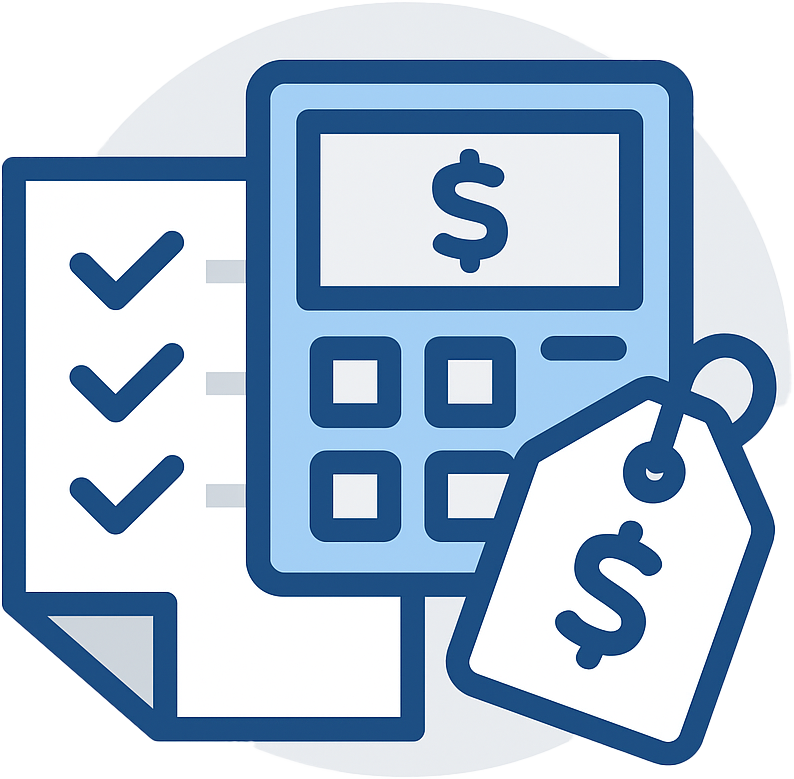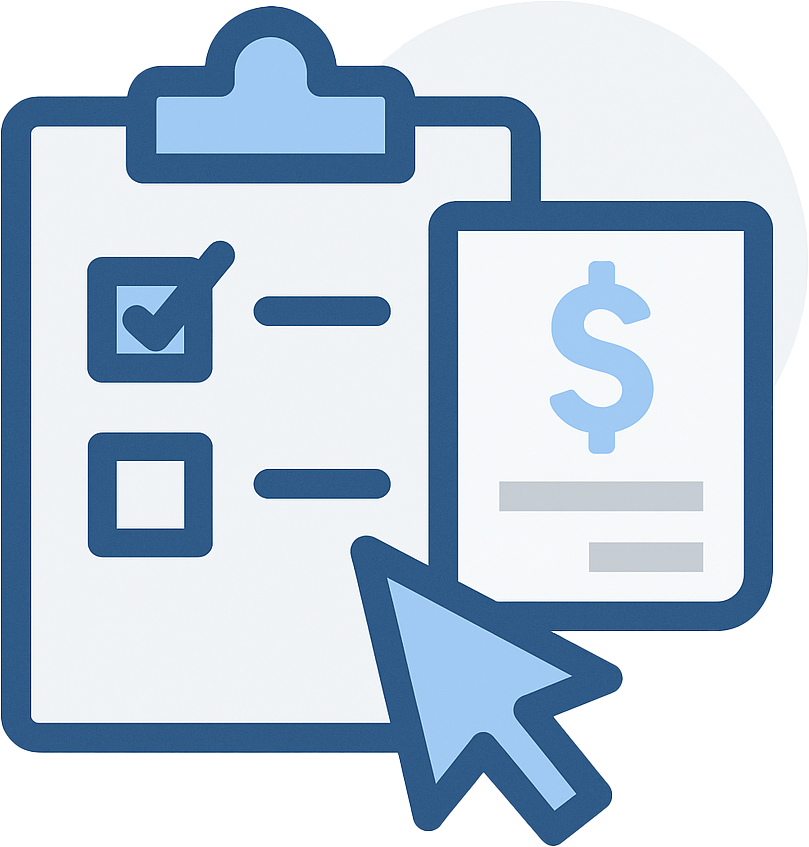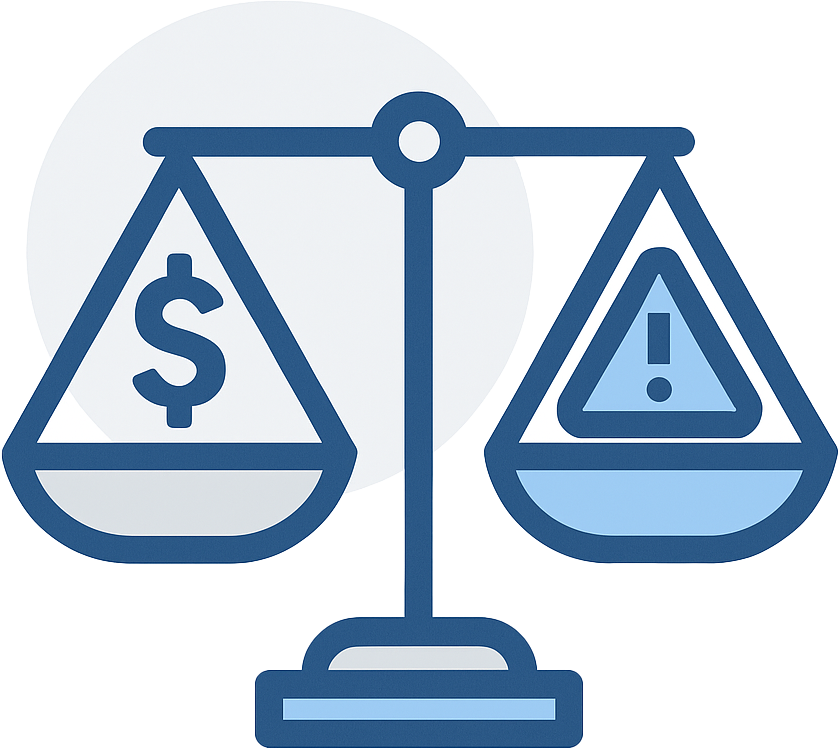A plain-English guide to Stormwater Pollution Prevention Plans (and how to tell what you actually need)
Ever hear someone mention a “SWPPP” (or maybe “SWP3”, "SWPP", or “SWIP”) and think, what in the world are they talking about? You’re not alone.
We hear this all the time from people just trying to keep their facility in compliance without drowning in acronyms. Whether you’re running a standard construction site, a massive manufacturing facility, or even a small yard with outdoor operations, chances are you’ve heard that you need one.
So let’s break it down: what a SWPPP actually is, why you might need one, what’s in it, and how to make sure yours actually works (not just checks boxes).
And if by the end of this, you realize you need a new SWPPP, your current one needs a tune-up, or you have no idea how to get a permit in the first place, reach out to us here. We do this every day and can make it a lot less painful.
Table of Contents
So... what exactly is a SWPPP?
SWPPP stands for Stormwater Pollution Prevention Plan. Around here, we usually say “swip” - like whip, but with an S.
You’ll see it written a few different ways (SWPPP, SWP3, SPPP, SWPP, etc.), and some states even use their own terms, like PPC Plans in Pennsylvania or Drainage Control Plans (DCPs) in New Jersey. But they all mean the same general thing:
It’s your written plan that explains how you’ll keep stormwater leaving your site as clean as possible, in line with your NPDES permit (more on that shortly).
For now, just know that if your operation falls under NPDES regulations (and yours probably does if you're here), having a SWPPP isn’t optional - it’s required by law. The whole point is to prevent runoff from carrying pollutants like oil, sediment, dust, or chemicals into nearby waterways.
Your SWPPP is basically your stormwater game plan. It shows what you do on site to prevent pollution and who’s responsible for making it happen.
What goes into a SWPPP?
A good SWPPP should be practical and clear. It’s not supposed to be some monster binder that no one ever opens. It should make your job easier, not harder. Most SWPPPs include:
- A site map showing drainage paths, outfalls, and potential problem areas.
- A list of pollution sources - things like stockpiles, wash areas, material storage, or loading zones.
- Your BMPs (Best Management Practices) - basically, what you’re doing to prevent pollution.
- Inspection schedules, training plans, and who’s responsible for what.
- Recordkeeping and corrective action procedures in case something goes wrong.
Some SWPPPs even have special requirements depending on where you are or what you discharge to. For example, if your outfall flows into an impaired stream, your plan might need extra BMPs or more frequent inspections.

And here’s something a lot of folks don’t realize: when a regulator or inspector shows up at your site, this is usually one of the very first things they ask to see. They’ll want to review your SWPPP, make sure it matches what’s happening on the ground, and confirm that you’re following it.
If you took a swing at writing your SWPPP yourself and it doesn’t meet the standard your state expects, that can mean a violation, or worse, a fine. So if you’re planning to do it on your own, make sure you really know what you’re doing and set aside the time to do it right. The details matter, and inspectors will notice them!
The SWPPP you need might not look like the one next door!
Here’s where a lot of folks get tripped up. Your SWPPP isn’t supposed to be a cookie-cutter document. It’s not a one-size-fits-all form you download, fill out, and forget about. Every facility is different - what you store, how you operate, where your water drains, what your local watershed looks like. And the regulations were written to account for that.
That’s why every NPDES permit (and sometimes even your local version of it) spells out exactly what you’re responsible for: how often you inspect, what you have to document, what training your team needs, and how you’re expected to manage runoff. The goal isn’t to bury you in paperwork, it’s to make sure that what comes off your site isn’t polluting the nearest stream, wetland, or storm drain.
The only way to know what’s expected of you? You’ve got to read your permit.
And look, we’ll be honest: that’s not easy. These things can be fifty pages long (or more!), full of technical language and legal fine print that seems designed to make normal people give up halfway through. But that’s the deal: your SWPPP has to follow your permit, word for word, because regulators expect it to match your exact operation.
For a lot of our clients, that’s where things start to fall apart. They try to read the permit, get lost in the jargon, and end up either overdoing it or missing something critical.
That’s exactly why people call us. At RMA, we’ve spent decades decoding these regulations. We know which parts actually apply to your operation and which parts don’t. We can read your permit line by line, translate it into plain English, and build a SWPPP that checks every box (the right boxes) without overcomplicating your life.
If you’re not sure whether your plan really lines up with what your permit requires, get in touch with us. We’ll help you make sense of it all - and make sure your plan actually does what the regulations are asking it to do.

NPDES Permits? Why a SWPPP isn’t the whole story!
Whoa, whoa, whoa... NPDES permit? Let’s take a step back. If you’ve heard about a SWPPP, there’s a good chance you already have an NPDES permit... or you need one.
NPDES stands for National Pollutant Discharge Elimination System. It’s the federal program under the Clean Water Act that controls what can (and can’t) leave your site and flow into the environment. In plain terms, it’s the legal document that allows you to discharge water under strict conditions.
Sometimes that means process water (like wash water or cooling water), but almost always it includes stormwater - rain or snowmelt that runs across your site and picks up oil, sediment, dust, or chemicals on the way out. And that’s exactly why the SWPPP exists. It’s your written plan that shows how you’ll prevent that stormwater from carrying pollutants off your site (because your NPDES permit requires it).
Here’s where people get mixed up: a lot of folks say, “I need a SWPPP,” when what they really need is permit coverage. To be fully compliant under the NPDES program, you usually need to:
- Apply for your NPDES permit
- Develop and submit your SWPPP
- Actually follow it (inspections, records, updates, and reports)
Having a SWPPP without a permit is like carrying an insurance card without the policy behind it. It might look official, but it won’t protect you when it matters.
We help clients with both - the permit paperwork and the SWPPP - so you’re covered from start to finish. If you’re not sure whether your facility already has coverage (or should), reach out to us here. We’ll help you figure it out before it becomes a problem.

A SWPPP isn’t forever. When’s the last time you updated your SWPPP?
If your SWPPP has been sitting in the same dusty binder since the early 2000s, it’s probably time for a reality check.
Regulations change. Operations change. Site layouts change. Even your drainage patterns and storage areas have likely shifted over the years. If your SWPPP doesn’t reflect how your site actually looks and functions today, it’s not really doing its job... and it’s probably not compliant.
Most states expect you to review and update your SWPPP at least once a year, or any time something significant changes on site - new materials, new outfalls, new equipment, new staff, you name it.
And here’s the thing: when inspectors show up, your SWPPP is almost always the first thing they ask for. If it’s outdated, incomplete, or doesn’t match what’s happening on the ground, that can mean a violation or a fine. We’ve seen plenty of “vintage” plans that reference employees who don’t even work there anymore, or BMPs that haven’t been used in a decade.
If that sounds familiar, it’s time for an update. At RMA, we help clients dust off old plans, line them up with current permit requirements, and turn them into real working tools (not just binders for show). If it’s been more than a few years since you’ve cracked yours open, get in touch with us. We’ll help you get it up to date before it becomes a compliance headache.

Ready to make your SWPPP make sense?
If you just realized you need a SWPPP (or you have one but it hasn’t been touched in years), you’re not alone. Most facilities come to us the same way: someone finally says, “We’ve got to figure out what our permit actually requires,” and realizes they’re in over their head.
That’s where we come in. At RMA, we’ve helped hundreds of businesses get their stormwater programs back on track by building plans that actually work. We’ll help you:
- Confirm whether you already have NPDES permit coverage (and get it if you don’t)
- Explain what your permit really requires in plain English
- Build or update your SWPPP so it actually matches your site
- Train your team so the plan doesn’t just sit in a binder, it gets used
Because at the end of the day, the best SWPPP isn’t just “compliant.” It’s clear, current, and actually helps you stay out of trouble. So if you’re ready to stop guessing and finally get a SWPPP that fits your facility, contact us here. We’ll make sure your stormwater plan works on paper, in practice, and when an inspector shows up at your gate.














